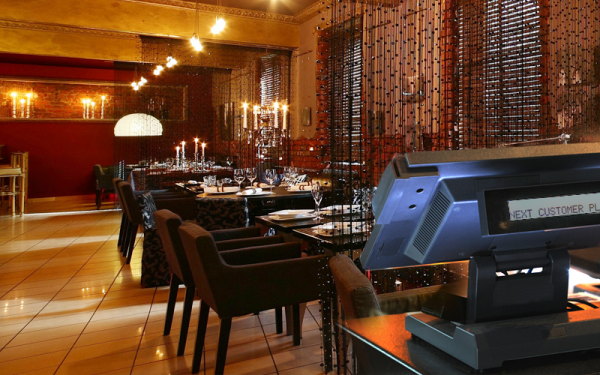By Emma Humphreys – Account Manager, AURES UK
As in all customer-facing industries, POS for restaurants has come a long way since the days of cash registers and money pouches. The modern restaurant EPOS system acts as an end-to-end business management solution, tightly integrating bookings, ordering, stock control and payments with optional extras like loyalty, deliveries and HR.
Much of the development in restaurant EPOS has been down to advances in software, with cutting edge platforms able to streamline complex business operations and make management simple and straightforward. But even the best software relies on the quality of IT hardware it is run on to have the biggest impact. EPOS equipment has evolved too, to deliver faster, more reliable performance coupled with convenient, intuitive interfaces.
Here are three key features of modern EPOS hardware that are essential to ensuring maximum performance in any restaurant.
Spill-resistant equipment
Restaurants are environments where spillages always pose a potential risk to electronic equipment. With food and drink service taking place in the vicinity of EPOS terminals, it only takes one little slip for an expensive piece of kit to suddenly get covered. With software-based EPOS solutions, it is possible to run systems from a PC or laptop. But what you don’t get with most laptops is the durability of build to survive everyday spills and knocks.
Specialist all-in-one EPOS terminals like the AURES Nino, on the other hand, are built to last whatever the environment. Thanks to the fanless design, there are no points of ingress into the internal electronics, minimising the risk of damage from spills, while the housing and screen can simply be wiped down for easy cleaning.
Touchscreen interface
The touchscreen is fast replacing the keyboard and mouse as the computing interface of choice in many use cases, and nowhere is this more evident than in hospitality. From managing table bookings to taking orders, graphical interfaces offer simplicity and convenience. A touchscreen is the natural companion to a graphical UI – being able to, for example, select a table or menu item simply by touching it helps to speed everything up that much more. In addition, as mentioned above, touchscreens offer convenient wipe-down cleaning.
Wireless table service solutions
All restaurateurs offering sit-down service nowadays understand the importance of a wireless payment console. With chip and PIN card and now contactless payments on the rise, asking customers to queue to use their card at a wired card reader on the front desk doesn’t make sense, especially if floor space is limited.
Going forward, M-POS technology for restaurants is likely to move beyond just taking payments. Mobile POS solutions like the iRUGGY, which offers a complete touchscreen POS terminal in mobile form, mean that staff can also take orders at the table and input them straight into the system. This helps to eliminate the duplication and risk of error that comes from staff writing down orders at the table and then going to input them at a fixed terminal. A fully digitalized system where orders are processed at the table from a mobile EPOS terminal can greatly improve efficiency.




